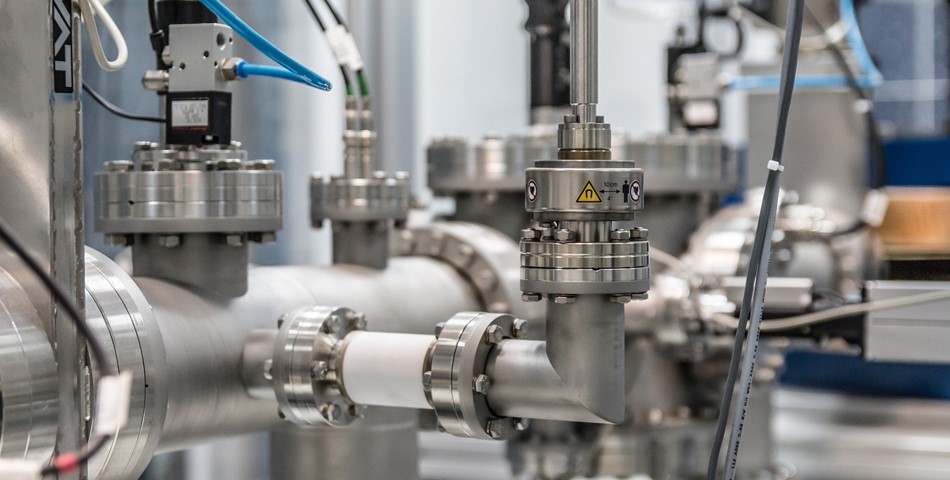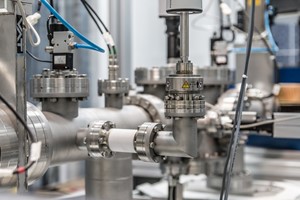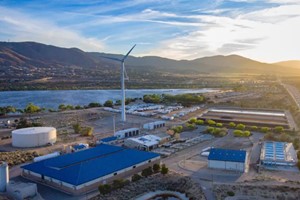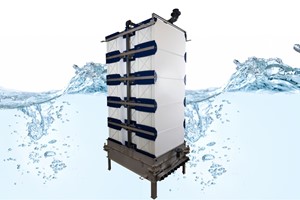We’re often disappointed—but not surprised—to learn that there’s a lot in our drinking water that we’d rather not consume. And while fixing our water systems is a larger structural problem that requires we demand change, investing in a quality water filter is one thing you can do at home in the meantime.
There are various types of water filters—they can sit on the countertop, go in the fridge, or be installed directly below the sink—as well as different techniques for filtering water. Some tips to keep in mind when choosing a filter:
- Make sure filters are certified against standards set by NSF International (it should say on the packaging or the company’s website). Keep in mind that filters vary significantly in the percent and types of contaminants that they are rated to remove. This information should also be available on the company’s site.
- Determine whether you want cold water or room-temperature water. Some filters sit permanently on the counter, others are smaller pitchers that can be put in the fridge, and others can be directly attached to your hot- or cold-water faucet below the sink.
- How many gallons does your household drink in a day? Filter speed and tank sizes can differ greatly depending on method and model.
1 - CARBON FILTERS
How they work:
This is likely the type of filter you’re most familiar with (think: the water pitcher that lives on the fridge shelf). As water flows through the filter, it bonds with activated carbon, which helps remove contaminants. Filters require upkeep and changing based on manufacturer’s instructionsto ensure water purity.
What they remove:
This varies significantly from filter to filter. Some filters can remove only chlorine to improve taste, while others may also remove lead, mercury, and volatile organic compounds. Check the fine print on whatever filter you buy for specifics. Keep in mind that carbon filters cannot remove inorganic pollutants, such as arsenic and hexavalent chromium.
2 - REVERSE OSMOSIS FILTERS
How they work:
Typically, reverse osmosis systems are installed under the sink, directly to the water supply. They work by filtering water through tiny pores that allow only water molecules through, keeping contaminants out. Filters and membranes require upkeep and must be replaced based on the manufacturer’s instructions to ensure water purity.
What they remove:
Again, this varies from filter to filter, but reverse osmosis filters can reduce chlorine, fluoride, and lead, as well as inorganic pollutants, such as nitrate, perchlorate, arsenic, and hexavalent chromium. They can also remove bacteria. Keep in mind that they may also remove some minerals, such as magnesium, calcium, and iron, from water. Reverse osmosis filters are typically combined with carbon filters to help remove volatile organic compounds and other contaminants, while improving taste and odor.
3 - GRAVITY FILTERS
How they work:
Gravity filters usually sit on the countertop and are low-maintenance, requiring neither installation nor power and, generally, needing fewer filter changes than other types of filters. As you pour water into the top chamber, the force of gravity moves it through the filters. Filter type may vary by product.
What they remove:
This varies significantly by product and type of filters included. Most gravity filters remove chlorine, mercury, and bacteria, while others can remove heavy metals, fluoride, and even viruses. Check the fine print on whatever filter you buy for specifics.














